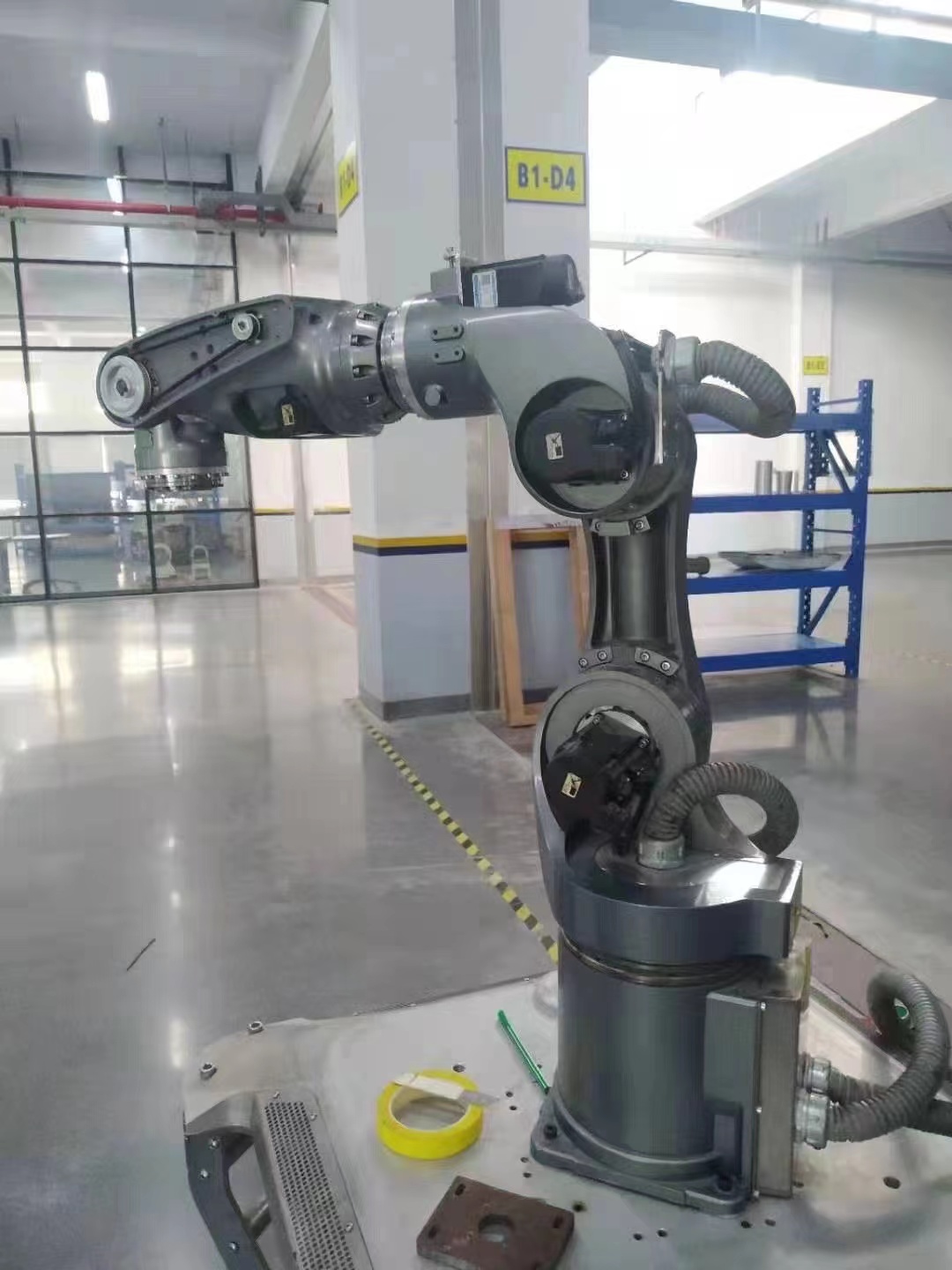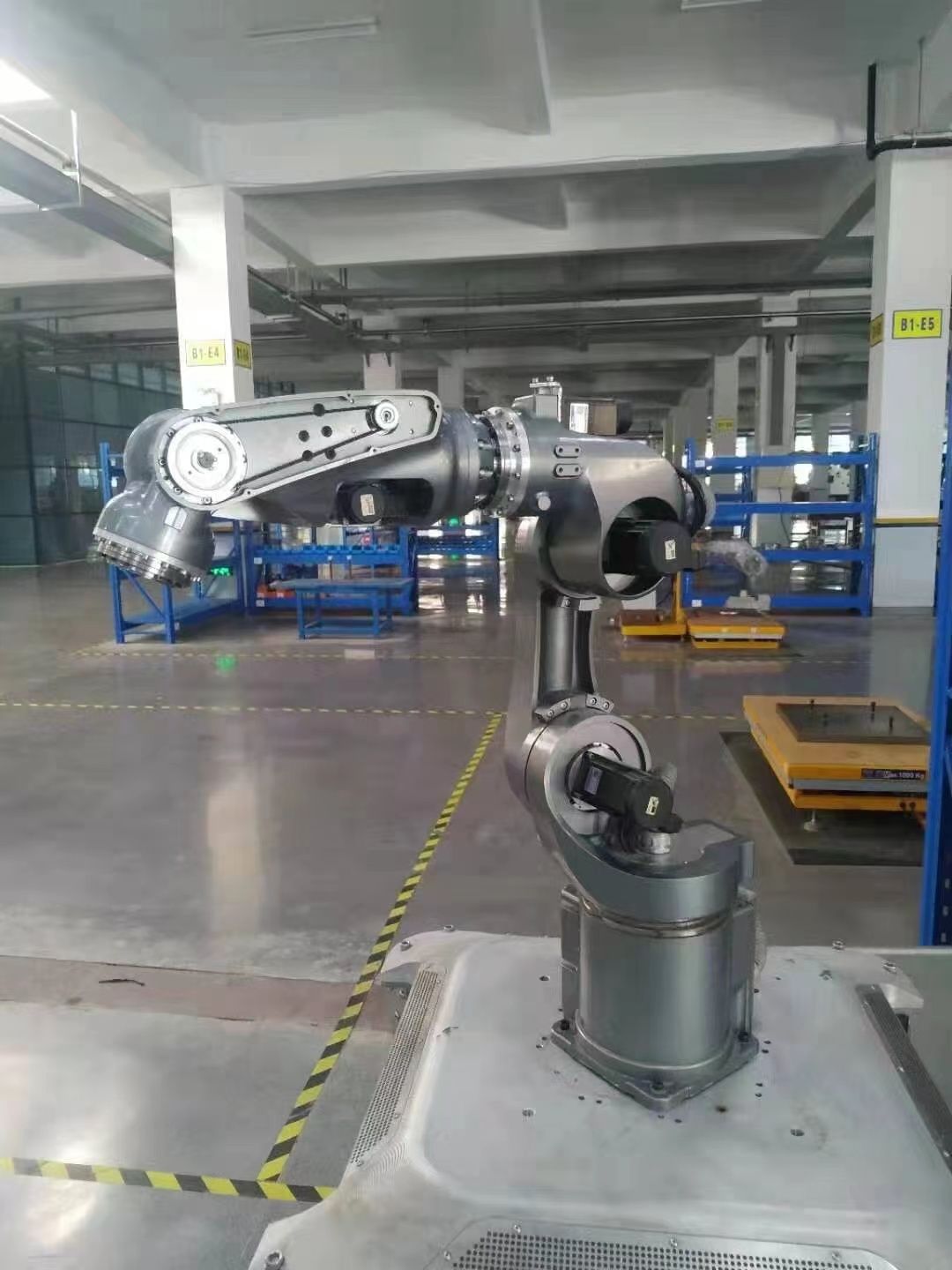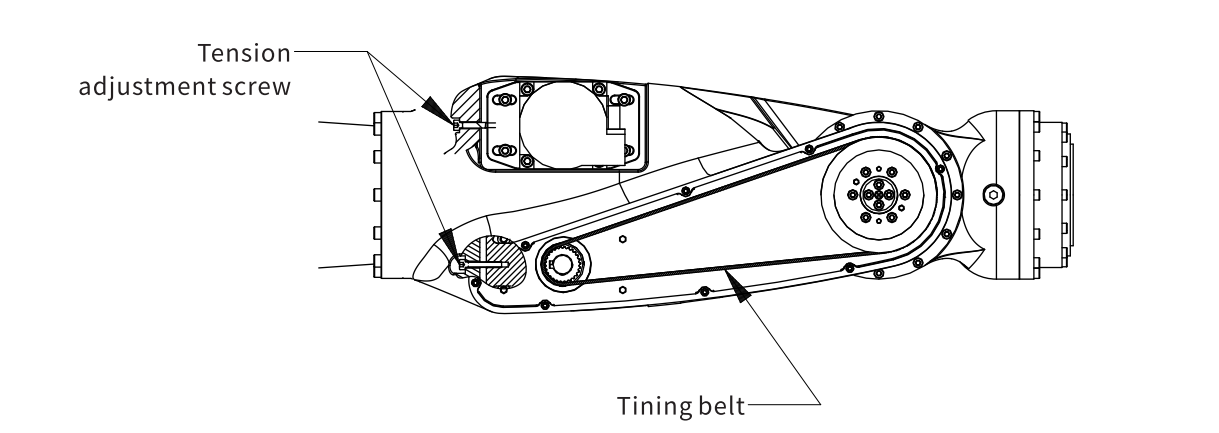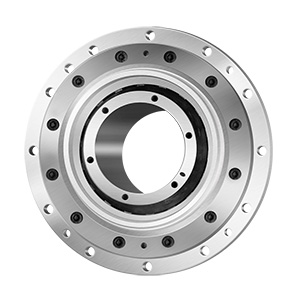Robotics and Timing Belt
Release time:2022-05-27 14:43:25 Browse volume:499 【Return】
Robotics and Timing Belt
Using the timing belt correctly and reasonably cannot only ensure the smooth transmission of production, but also reduce the failure rate of the device and prolong the service life of the synchronous belt.
Timing belts, (also known as toothed, notch, cog, or synchronous belts) are a positive transfer belt and can track relative movement.


The primary benefit is the ability to separate the motor and load shafts without needing complex gear trains, while also providing an opportunity for transmission reduction.
If a small motor pulley drives a larger pulley, the transmission reduces the speed and increases the torque.
These belts have teeth that fit into a matching toothed pulley. When correctly tensioned, they have no slippage, run at constant speed, and are often used to transfer direct motion for indexing or timing purposes (hence their name).
They are often used in lieu of chains or gears, so there is less noise and a lubrication bath is not necessary.
Camshafts of automobiles, miniature timing systems, and stepper motors often utilize these belts. Timing belts need the least tension of all belts, and are among the most efficient. They can bear up to 150 kW at speeds of 16,000 ft/min.
Disadvantages include a relatively high purchase cost, the need for specially fabricated toothed pulleys, less protection from overloading and jamming, and the lack of clutch action.
Two-Pulley Drive Design
Select a belt series,
Select a drive ratio, E.g. if the motor speed needs to be reduced and torque increased, choose a ratio such as 1:3 between a small motor pulley and a larger load pulley. A single stage reduction might typically range between 1:1 and 1:6. With larger ratios, the larger pulley can get quite large; a 120 tooth XL pulley is about 7.6 inches (193 mm) in diameter.
Select specific pulley sizes.
Select a hub and shaft design
Select pulley material.
Calculate a center-to-center distance between the two parallel shafts.
Select a belt tensioning strategy.
Select a belt assembly strategy.
Timing belt models for robots:

The BX15NM-R1577 robot wrist drive utilizes a synchro belt. In wrist joint, the timing belt is used to drive between Joint 1, Joint 4, Joint 5, Joint 6 motor and each axis reducer. The timing belt adopts standard imported brand. If you really need a replacement, you can consult the service engineer.
Attention for use of timing belt
· Do not bend, so as not to damage the frame material, thus impact belt strength
· Don't scratch the belt to avoid early damage
· Avoid contact with chemicals, especially strong oxidizing acids such as concentrated sulfuric acid,
· Avoid long term contact with oil or water
· Because the tension of timing belt will change with the extension of working time, the operator adjust the tension of timing belt regularly, check the running condition of timing belt and pulley and replace them in tine. A cycle of troubleshooting and maintenance is recommended at around 1 month.





